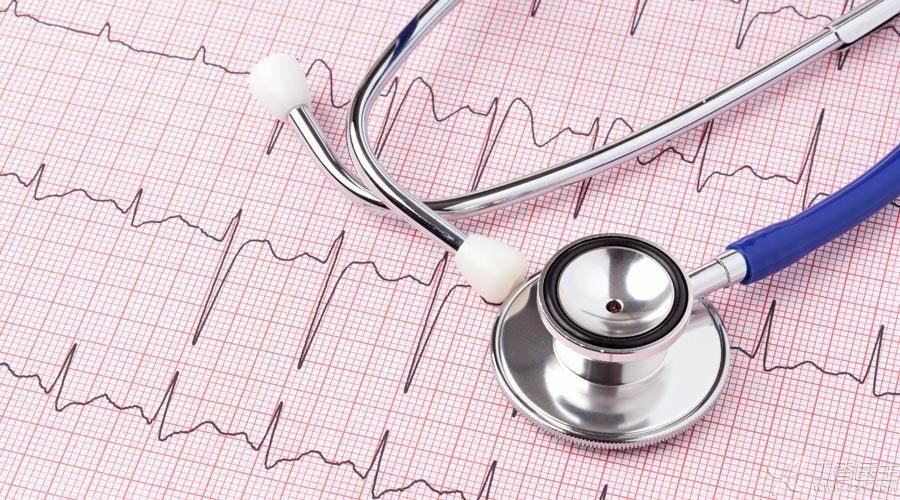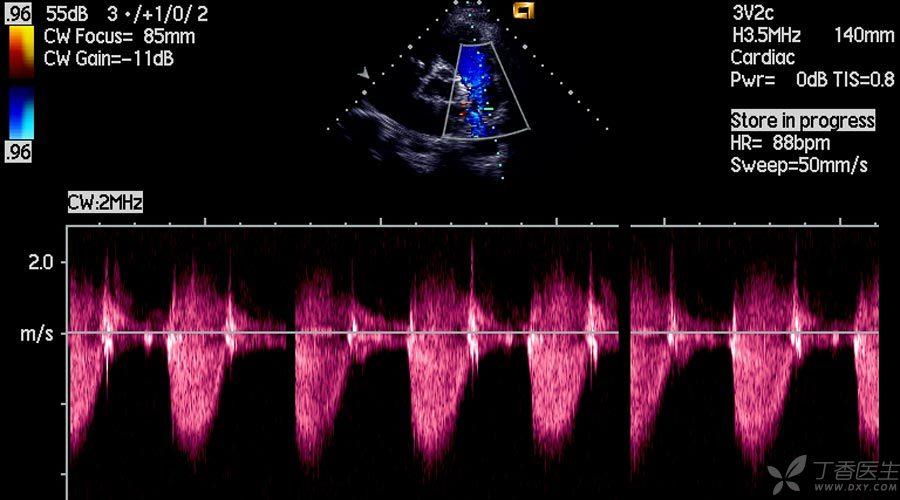
When it comes to heart disease, many people will come to mind with pictures of heart attack [tightly covering your chest and expressing pain].
In fact, the concept of [heart disease] includes all kinds of heart damage and inability to work properly. Coronary heart disease, arrhythmia, cardiomyopathy, heart failure, myocardial infarction, etc. all belong to the category of heart disease.
In this article, we have sorted out some common examination methods for heart diseases, hoping that you can have an accurate and brief understanding after reading them.

Electrocardiogram
Apply the electrode sheet and the hand-foot electrical lead system to the skin for a few minutes, and the instrument will use curves to depict the cardiac electrical activity of the examinee.
Electrocardiogram can help diagnose arrhythmia, myocardial ischemia and myocardial infarction, and judge the location of myocardial infarction. To help judge the effects of drugs on the heart and monitor the pacing status of artificial heart.
Doctors can also compare these records later to track changes in the heart.
Holter)
This portable device can be used to record the rhythm of the heart and is clinically called Holter.
If the doctor thinks it is necessary, the patient will be required to wear this instrument for 1-2 days. Unlike electrocardiogram, which only records the ECG activity at that time, ambulatory electrocardiogram continuously records the heart activity within 24 hours.
Holter electrocardiogram can detect hidden arrhythmia, observe bradycardia, or capture occasional abnormal cardiac activity.
Load Test
Stress test refers to observing the work of the heart when it is doing its best by increasing myocardial oxygen consumption through exercise. Doctors will ask examiners to ride bicycles, walk on treadmills or do some other exercise, and record electrocardiogram, heart rate and blood pressure at the same time to observe changes in myocardial blood perfusion or changes in cardiac function before and after exercise.
Stress test can be used to diagnose myocardial ischemia of coronary heart disease, judge whether angina pectoris is accompanied by myocardial ischemia after myocardial infarction, evaluate coronary artery function and therapeutic effect of coronary heart disease, etc.

Echocardiography
This examination uses ultrasound to dynamically display the blood flow of the heart in real time. From echocardiography, doctors will find problems in various chambers, valves or blood flow to help diagnose diseases and evaluate therapeutic effects.
Cardiac CT
Cardiac CT uses radiation to examine the heart and blood vessels. It can also use computers to reconstruct three-dimensional images. Doctors can find plaques or calcifications in coronary arteries, as well as valve diseases and other types of heart diseases.
Cardiac catheterization
The doctor sends a catheter along the blood vessel in the arm or thigh to the heart. Then, the developer is injected into the coronary artery, and the blockage of the blood vessel and the severity of the blockage can be clearly shown on X-ray.
This is a therapeutic examination method. If a vascular blockage is found during catheter visit, a stent can be placed directly through the catheter to solve the problem of vascular stenosis, which is often referred to as [stenting].
These are some common methods for clinical examination of heart diseases.
Most types of heart disease have a long course of disease. At the beginning of the disease, it may not show any symptoms and will not affect daily life. However, if it is ignored, the heart disease will gradually worsen until it seriously affects all aspects of life.
Therefore, regular physical examination is very important. In addition, once you feel uncomfortable, remember to receive regular examination and treatment as soon as possible, and do not delay, so as to achieve better therapeutic effects.
